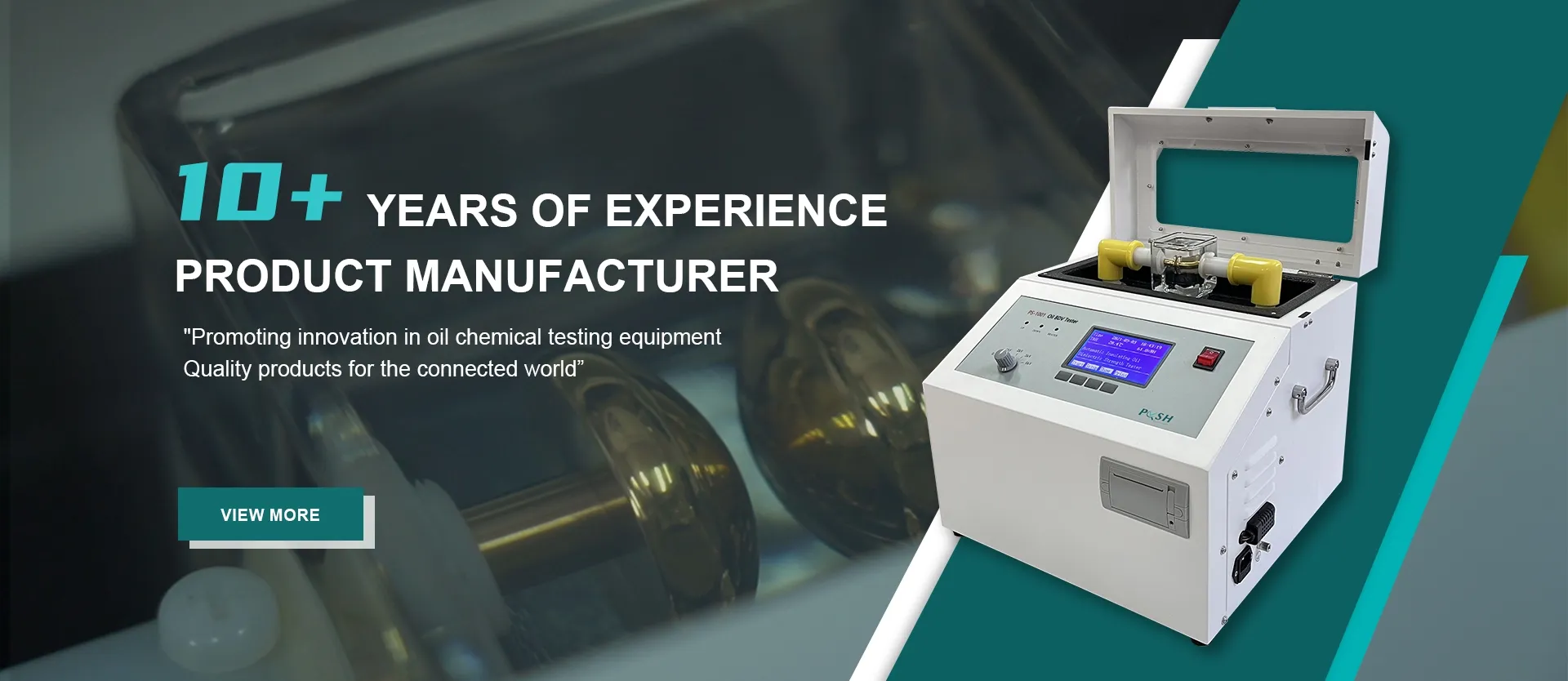 English
English


oil pressure test gauge
Understanding Oil Pressure Test Gauges
In the realm of automotive engineering and maintenance, oil pressure test gauges play a crucial role in ensuring the health and performance of an engine. These instruments are designed to measure the oil pressure within an engine, providing vital information about its lubrication system. Proper oil pressure is essential for optimal engine function, as it ensures that moving parts are adequately lubricated, reducing friction and wear.
Importance of Oil Pressure
Oil serves as a lubricant for various engine components, including the crankshaft, camshaft, and valve train. When oil circulates through the engine, it helps to transport heat away from vital components and prevents metal-to-metal contact. Insufficient oil pressure can lead to severe engine damage, such as bearing failure or seizure. Conversely, too much oil pressure can indicate blockages or restrictions in the oil system, which can lead to equally damaging consequences.
How Oil Pressure Test Gauges Work
Oil pressure test gauges typically consist of a dial or digital display that indicates the pressure measurement, often in psi (pounds per square inch) or bar. These gauges can be installed directly into the engine's oil gallery or connected via a flexible hose to a remote gauge for easier visibility during testing.
oil pressure test gauge

To measure oil pressure, the gauge utilizes a sensing element, such as a Bourdon tube or an electrical sensor. When engine oil enters the sensing element, it causes a mechanical movement or an electronic signal to be generated, which is then translated into a pressure reading on the gauge. Most vehicles have a pre-installed oil pressure gauge on the dashboard, but for more detailed diagnostics, a dedicated test gauge can be employed.
Conducting an Oil Pressure Test
To perform an oil pressure test, one must follow several essential steps. First, the engine should be warmed up to operating temperature, ensuring that the oil is at the correct viscosity for accurate measurement. Next, the oil pressure test gauge is connected to the engine in place of the oil pressure switch or on the existing oil pressure gauge’s port. After securing the connections, the engine is started, and the gauge reading is monitored.
Typically, a healthy engine will have oil pressure readings between 20-60 psi at idle and may rise to 40-70 psi at higher RPMs. Variations from these acceptable ranges may warrant further investigation, as they can indicate underlying issues such as oil pump failure, worn engine components, or inadequate oil viscosity.
Conclusion
In summary, oil pressure test gauges are indispensable tools in automotive maintenance that provide critical insights into an engine's lubrication system. Regular testing can help identify potential issues early, allowing for timely repairs and ensuring the longevity of the engine. By understanding the functionality and importance of oil pressure test gauges, vehicle owners and technicians can take proactive measures to maintain engine health, enhancing performance and reliability. Investing time and resources in routine checks of oil pressure will ultimately pay dividends in the form of reduced repair costs and extended vehicle life.
-
Differences between open cup flash point tester and closed cup flash point testerNewsOct.31,2024
-
The Reliable Load Tap ChangerNewsOct.23,2024
-
The Essential Guide to Hipot TestersNewsOct.23,2024
-
The Digital Insulation TesterNewsOct.23,2024
-
The Best Earth Loop Impedance Tester for SaleNewsOct.23,2024
-
Tan Delta Tester--The Essential Tool for Electrical Insulation TestingNewsOct.23,2024





